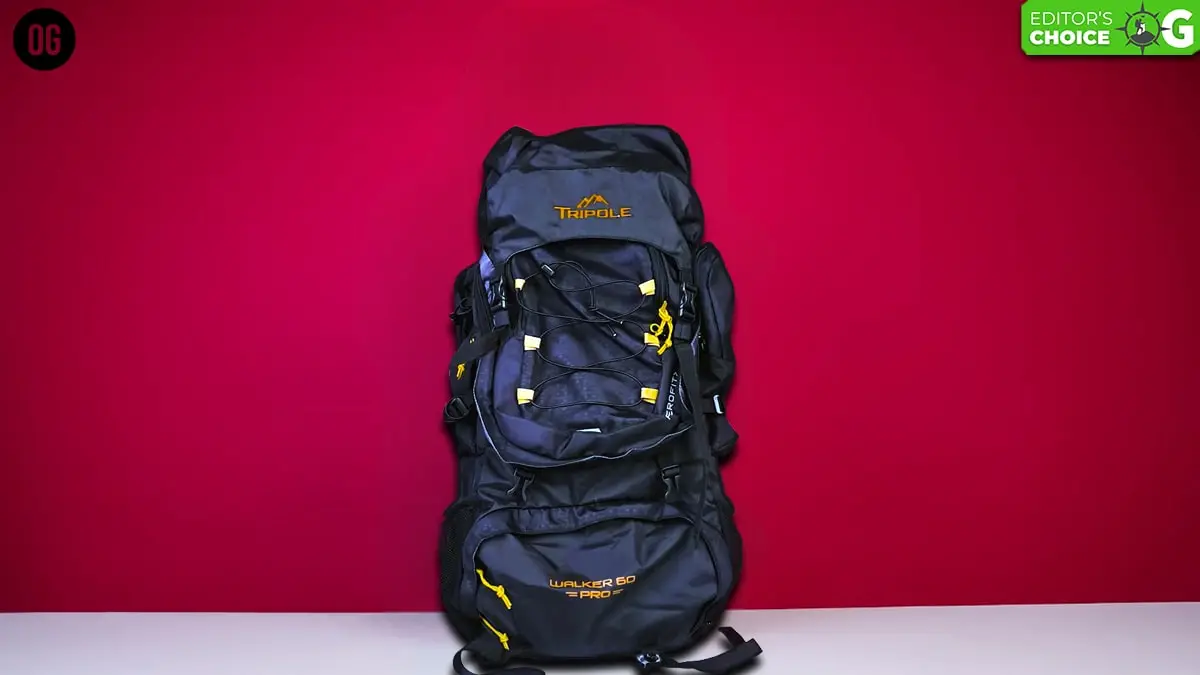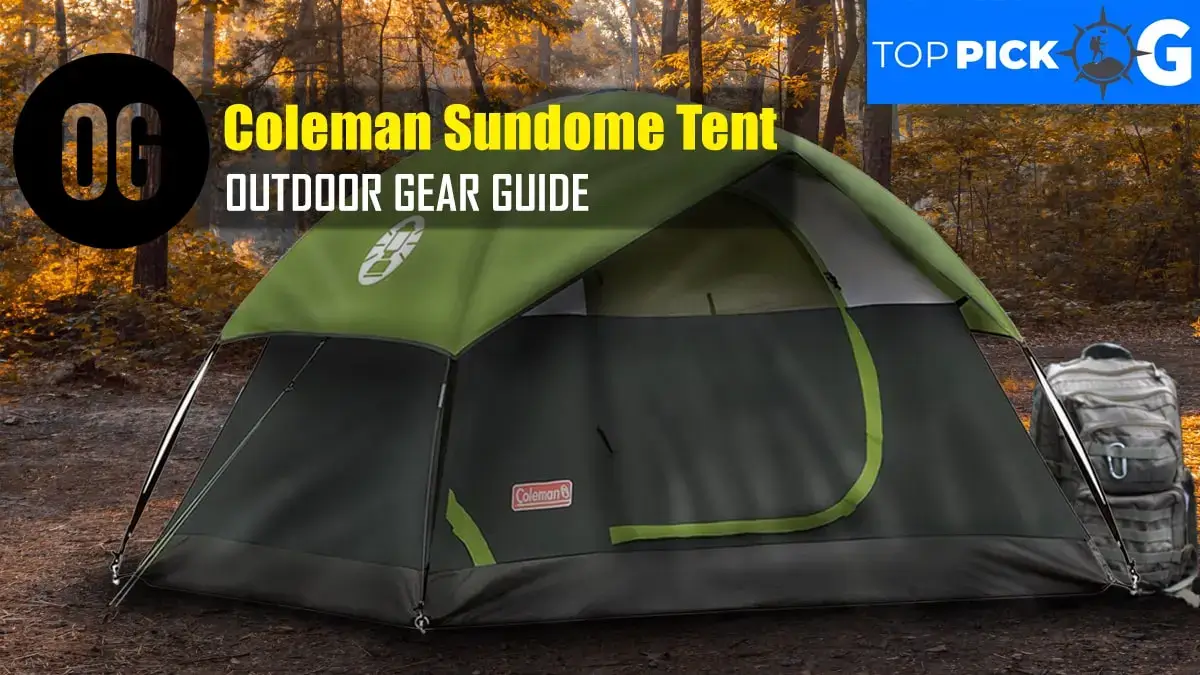Camping Tent Materials and Durability: Why These Matters Which You Should Care?
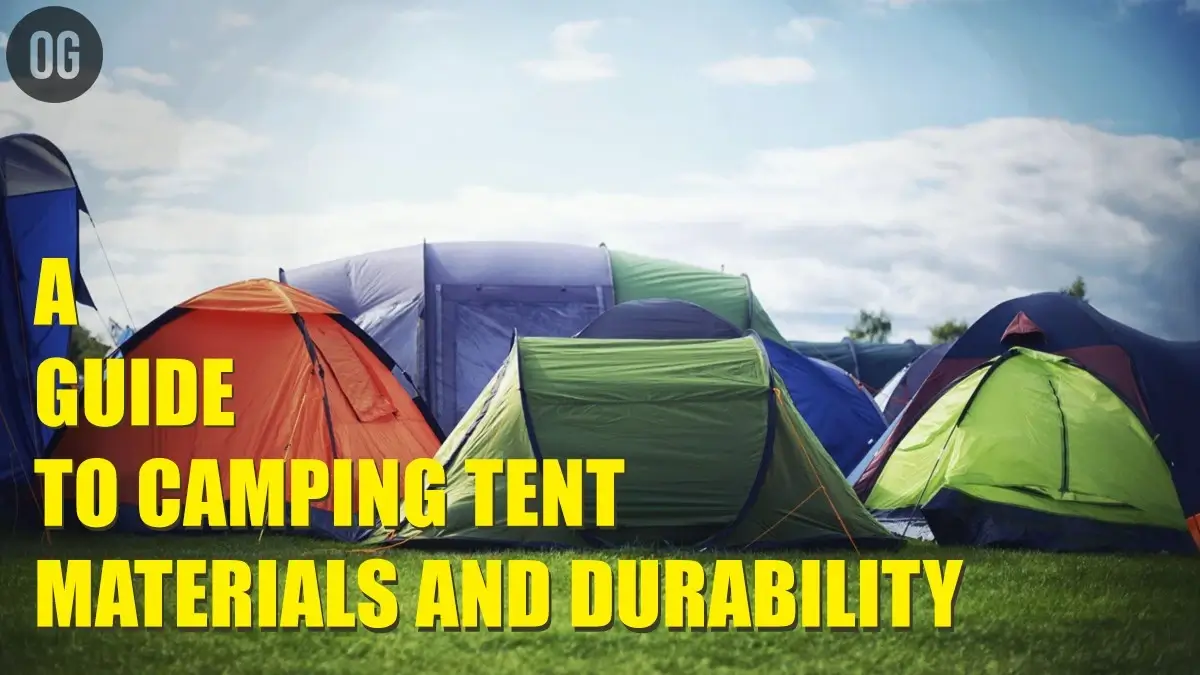
For any outdoor enthusiast, comprehending the camping tent materials and durability is of utmost importance.
A well-chosen tent can be a reliable shelter against the elements, providing safety and comfort during camping adventures.
Table of Contents
This article on camping tent materials and Durability delves into the significance of comprehending tent materials.
By exploring the characteristics and limitations of common materials like polyester, nylon, and canvas, we aim to equip readers with valuable insights so that they can get their best tents for camping and backpacking.
Furthermore, we will review the most durable tent materials available, such as ripstop nylon, polyester with PU coating, and canvas blends.
Whereas, you can also check our experience With 13 Different Types of Tents Used For Camping in India.
Related: 7 Best Tents For Camping And Backpacking
Common Materials Used to Make Camping Tents
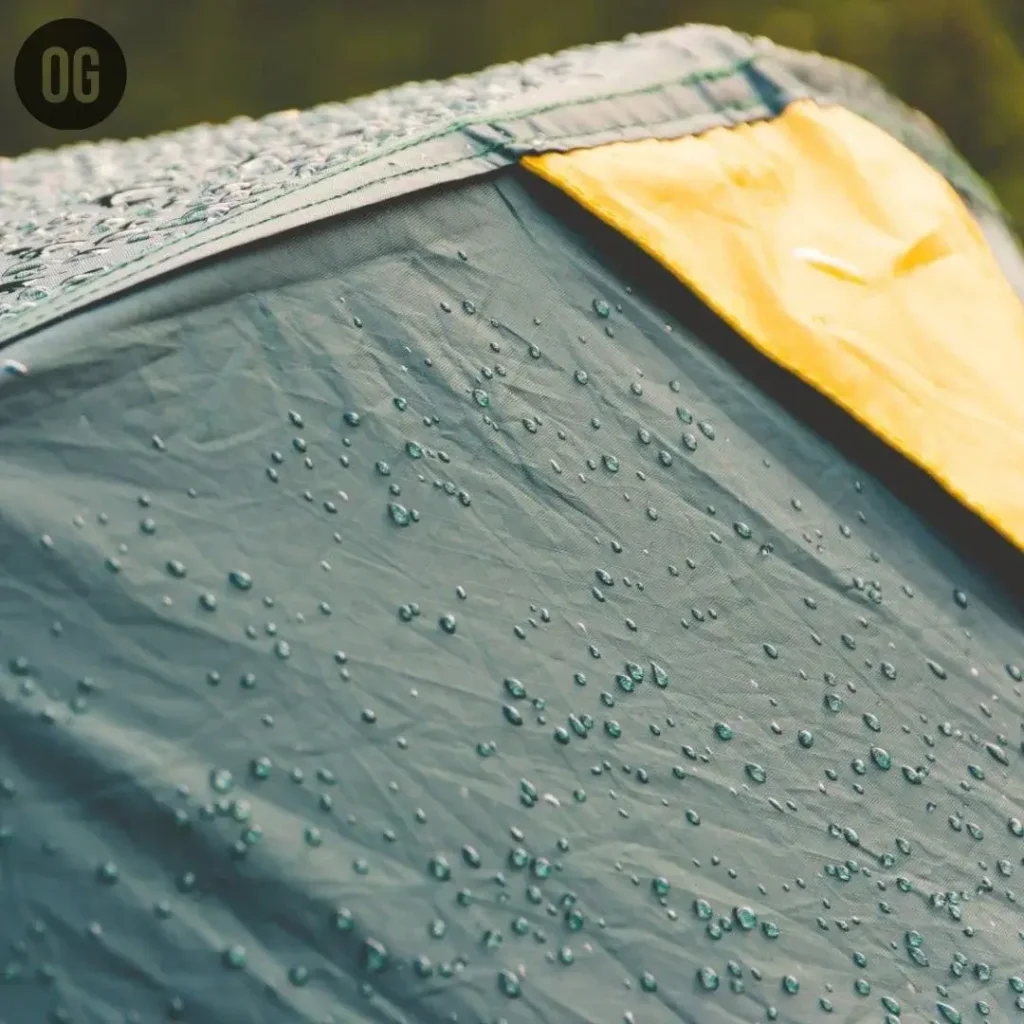
Polyester
Polyester tent construction material has long been prized for its outstanding qualities and benefits, making it one of the top choices among outdoor enthusiasts at all experience levels.
Polyester is made from synthetic fibers and has exceptional durability, water resistance, affordability, and environmental friendliness, making it an attractive option among camping tent manufacturers. Most commonly used in lightweight 3-season tents, 4-season models also utilize polyester.
Polyester shelters are often the go-to choice when selecting the best backpacking tents for camping trips, providing a comfortable and secure abode in nature’s embrace.
Benefits:
Lightweight: Polyester fabric is lightweight and easily transported for backpacking trips or other outdoor adventures.
Water Resistance: Polyester’s inherent water resistance makes it one of the premier fabrics, providing excellent water-repellent qualities for dry interior environments in mild weather conditions.
While not waterproof, polyester treated with water-repellent coating can effectively deflect light rain and moisture away from surfaces to maintain a climate free from dampness and ensure dry conditions within your interior space.
Quick Drying: Polyester’s moisture-wicking properties allow it to dry quickly when exposed to moisture, making polyester the perfect material for campers who may experience sudden rain showers or damp environments.
Cost-Effective: Polyester tents can be an economical way to provide shelter. In contrast to other materials, polyester offers more reliable protection.
Limitations:
Breathability: Polyester tents are less breathable than their natural counterparts, such as cotton or canvas. This may lead to condensation buildup inside during humid weather or when fully sealed. This may increase condensation buildup inside, leading to damp conditions within.
UV Susceptibility: Polyester fabrics exposed to direct sunlight for an extended period can weaken and fade over time, eventually becoming fragile or disappearing altogether.
Long-Term Durability: Though polyester may be strong and resilient enough for everyday use, other materials like nylon or canvas may prove more resilient.
Retention of Odors: Polyester can absorb unpleasant odors from cooking, sweat, or other sources; regular cleaning and maintenance are, therefore, essential to stop unpleasant smells from lingering in the tent.
Polyester tents remain affordable and lightweight with adequate water resistance, making them popular for recreational and fair-weather camping enthusiasts.
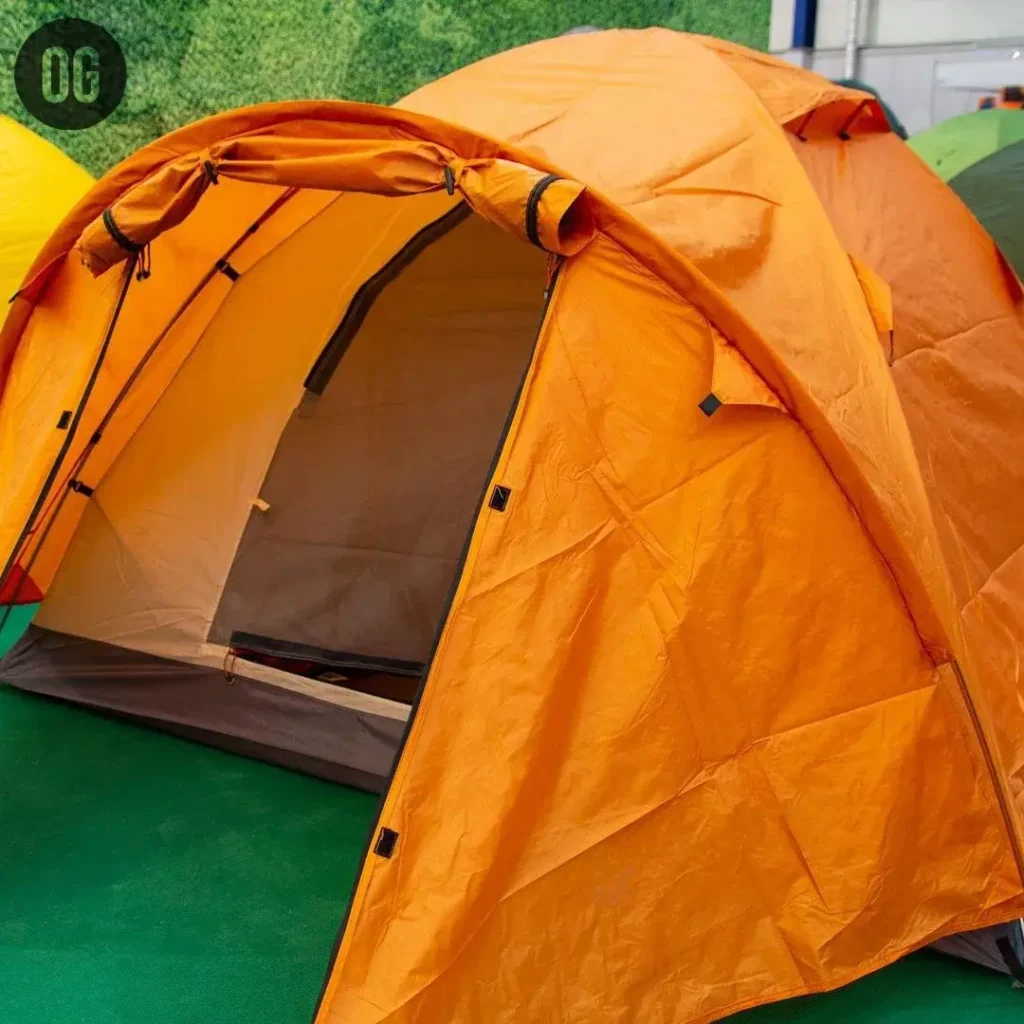
Nylon
Nylon, a highly used material in the camping tent industry, is revered for its versatility and performance. Initially manufactured as an alternative to silk during the critical World War II era, nylon has matured into an essential outdoor gear component, pursuing its unique blend of strength, durability, and lightweight properties.
About solo backpacking adventures, nylon is among the best options for framing camping tents, supplying a reliable and relaxing shelter for courageous explorers.
Benefits:
Strength: Nylon is renowned for its remarkable tensile strength, which makes it highly resistant to tears and punctures.
Water Resistance: While nylon is not naturally waterproof, modern tent manufacturers often use polyurethane (PU) or silicone coatings to enhance water resistance.
Lightweight: Nylon is notably light, making it a favored choice among backpackers and hikers who prioritize portability.
Quick Drying: Nylon’s hydrophobic properties enable it to dry quickly after exposure to rain or dampness, reducing the chances of mildew and mold growth inside the tent.
Limitations:
UV Susceptibility: Nylon can be vulnerable to prolonged exposure to ultraviolet (UV) rays, causing the fabric to degrade and weaken over time.
Condensation: Nylon tents may experience condensation buildup, especially in humid or cold conditions. Proper ventilation and tent setup can help mitigate this issue.
Less Breathable: While nylon offers excellent protection against the elements, it may not be as breathable as other natural materials. Adequate ventilation is crucial to maintaining a comfortable interior temperature.
Price: High-quality nylon tents with advanced coatings can be relatively expensive compared to other materials, which may affect budget-conscious campers’ choices.
Nylon is a reliable and widely favored camping tent material due to its strength, water resistance, and lightweight design.
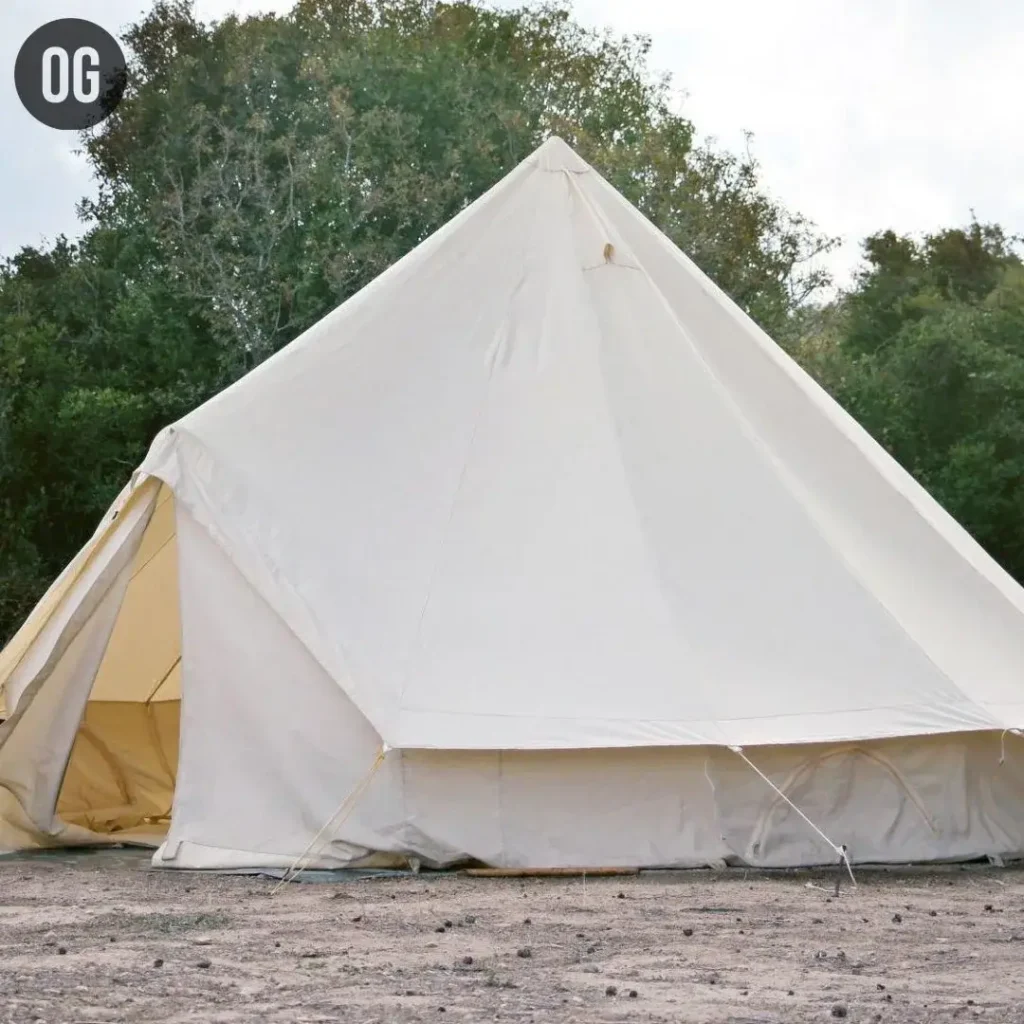
Canvas
Canvas, a material steeped in history and cherished for centuries, continues to captivate camping enthusiasts with its distinctive blend of characteristics and advantages. Camping tents made from natural fibers like cotton or a cotton-polyester blend offer a harmonious synthesis of tradition and adaptability, providing a camping experience that transcends time.
Benefits:
Durability Unparalleled: Canvas stands apart for its exceptional durability and robustness, boasting an innate resistance to tears and abrasions. With each pitch of a canvas tent, campers embrace a shelter that can brave the rugged outdoors with unwavering strength.
Breathability Redefined: In sharp contrast to synthetic materials, canvas epitomizes breathability. Akin to the gentle rustle of leaves in the wind, canvas permits a gentle, natural airflow inside the tent, promoting a refreshing and comfortable living space.
Insulation Mastery: Canvas unveils its prowess in temperature regulation, offering a sanctuary within the tent that remains cool in scorching weather and envelops campers in warmth during chilly nights. A canvas tent becomes a haven, adapting to nature’s ever-changing moods.
UV Resistance Champion: Nature’s fury is tamed by canvas tents, as they stand firm against the relentless assault of harmful UV rays. Its resilience ensures the fabric retains its structural integrity and vibrant hues, even when exposed to the sun’s relentless gaze.
Limitations:
Weight’s Gravity: As a trade-off for its exceptional attributes, canvas tents carry the weight of their heritage. Comparatively heavier than their synthetic counterparts, they may not find favor in the hearts of backpackers or long-distance hikers, where every ounce holds significance.
Water’s Covert Infiltration: Canvas, in its natural state, embraces water rather than repelling it. Raindrops may befriend the fabric, leading to moisture absorption during wet conditions. To defy the whims of water, modern canvas tents don waterproof armor or seek solace under a separate rainfly.
Maintenance: Owning a canvas tent demands devoted care and nurturing. Regular drying and attentive storage ward off the looming specters of mold and mildew, ensuring the tent remains a sanctuary untouched by nature’s hidden adversaries.
Cost: The splendor of canvas tents comes at a cost. The craftsmanship woven into each thread and the higher expense of natural fibers elevate their price compared to their synthetic peers. Yet, for those who seek a canvas shelter, the investment reaps dividends in its timeless allure.
A canvas tent stands resolute as a cherished choice for camping enthusiasts in pursuit of a shelter that reverberates with history while adapting to modern demands. Despite its weight and water-absorbing tendencies, canvas shines in large camping tents that warmly embrace families seeking solace in nature’s embrace.
Camping Tent Materials Durability Factors

Water Resistance: Protecting campers from rain and moisture is of critical importance in camping tents.
Rain and damp conditions can compromise structural integrity, leading to leaks or worse – leading to leaks or potential damage to the tent itself.
Modern tent manufacturers utilize waterproofing coatings and treatments such as polyurethane (PU) coatings which create a protective barrier on fabric, while silicone treatments offer effective water repellency while still offering breathability; additionally, rainfly and seam sealants further strengthen its ability to keep out the elements.
UV Resistance: For camping tents exposed to extended sunlight, UV resistance is an integral element of durability.
An extended exposure can cause fabric degradation and color fading that reduce the lifespan of tents; UV-resistant fabrics with special coatings protect against these harmful effects and preserve both strength and appearance in tents that have this feature.
Campers who understand this aspect should invest in tents with strong resistance that can withstand various weather conditions and sun exposure conditions.
Tear and Abrasion Resistance: Tear and abrasion resistance is an essential durability factor when selecting camping tents, as their outdoor use exposes them to potential dangers.
Rough terrains, sharp objects, and accidental impacts can all cause tears and damage that compromise the integrity of the tent’s integrity.
To strengthen resistance manufacturers reinforce critical areas with durable materials like ripstop fabric or thicker weaves – while reinforced seams, storm flaps, and zipper protectors all serve to protect from wear and tear.
Weight and portability: When choosing camping tents, weight and portability should be top considerations, as both affect the ease of transportation and the overall camping experience.
Campers often face the difficulty of balancing durability against weight; lightweight options may be perfect for backpackers and hikers who prioritize portability over strain – however, lighter materials may compromise durability, making them more susceptible to tears and wear than robust tents with greater resilience; heavier tents offer increased longevity yet may be less suited to long treks.
Most Powerful Camping Tents Material Types

Ripstop Nylon: Ripstop Nylon tents are widely considered among the most durable materials due to their innovative technology.
Ripstop Nylon features an interwoven grid pattern of thicker threads woven together, helping prevent tears from spreading across its surface and into thinner ones – creating an extremely robust yet long-term tent material perfect for rugged outdoor adventures.
Furthermore, this material boasts excellent tear and abrasion resistance for greater reliability in challenging terrain environments.
Notable examples include top brands like Naturehike Nylon Cloud and Forceatt Backpacking Tent, both known for their lightweight design, durability, and adaptability in various outdoor settings.
Ripstop Nylon provides campers with the best camping tents suitable for high altitude camping but their availability and price can be limited.
Polyester with PU Coating: Polyester coated in polyurethane is another highly durable tent material due to the benefits provided by polyurethane coatings.
PU coating increases water resistance, making this tent material suitable for camping even in light to moderate rain conditions.
PU-coated polyester tents boast excellent tear and abrasion resistance as well as longevity during prolonged outdoor use, ensuring longevity with extended outdoor use.
Coleman Sundome and Coleman Cortes Octagon shelters utilize weatherproof PU-coated polyester, providing reliable weather-resistant shelters suitable for camping trips and other outdoor gatherings.
Canvas Tents with Cotton or Polyester Blend Fibers: Canvas tents have long been favored as camping tents due to their time-tested durability.
Made of natural fibers like cotton or a cotton-polyester blend, canvas provides exceptional strength that’s highly resistant to tears and wear – while offering excellent breathability that helps regulate interior temperatures and decrease condensation levels.
Modern canvas blends, featuring polyester for increased water resistance and reduced weight, have become more suitable to various weather conditions due to modern polyester-infused canvas fabric blends such as Kodiak Canvas Flex-Bow and Springbar Highline tents.
The Right Balance Between Budget And Durability
Finding a camping tent that strikes the optimal balance between budget and durability is of utmost importance.
A higher budget could afford premium materials and features, leading to more durable tents; however, budget constraints require thoughtful consideration of tradeoffs; campers on a tight budget might opt for more cost-effective materials like polyester or nylon tents instead.
In situations where durability is essential, such as extended backcountry trips or frequent outdoor use, investing in higher-grade materials like ripstop nylon or canvas blend tents becomes essential.
These tents are built to withstand even the toughest terrain and will provide reliable shelter for years to come.
Less expensive tents designed with convenience in mind may be more suitable for occasional or fair-weather campers who value portability over durability.
Ultralight backpacking tents may be particularly ideal as these offer easy transportation without compromising long-term performance.
At its core, informed decisions result from taking an analytical approach when considering individual needs, budgets, and camping habits.
By carefully considering these factors, campers can strike a balance between budget and durability to find an option that meets their requirements exactly.
Tips for Maintaining and Extending Tent Lifespan
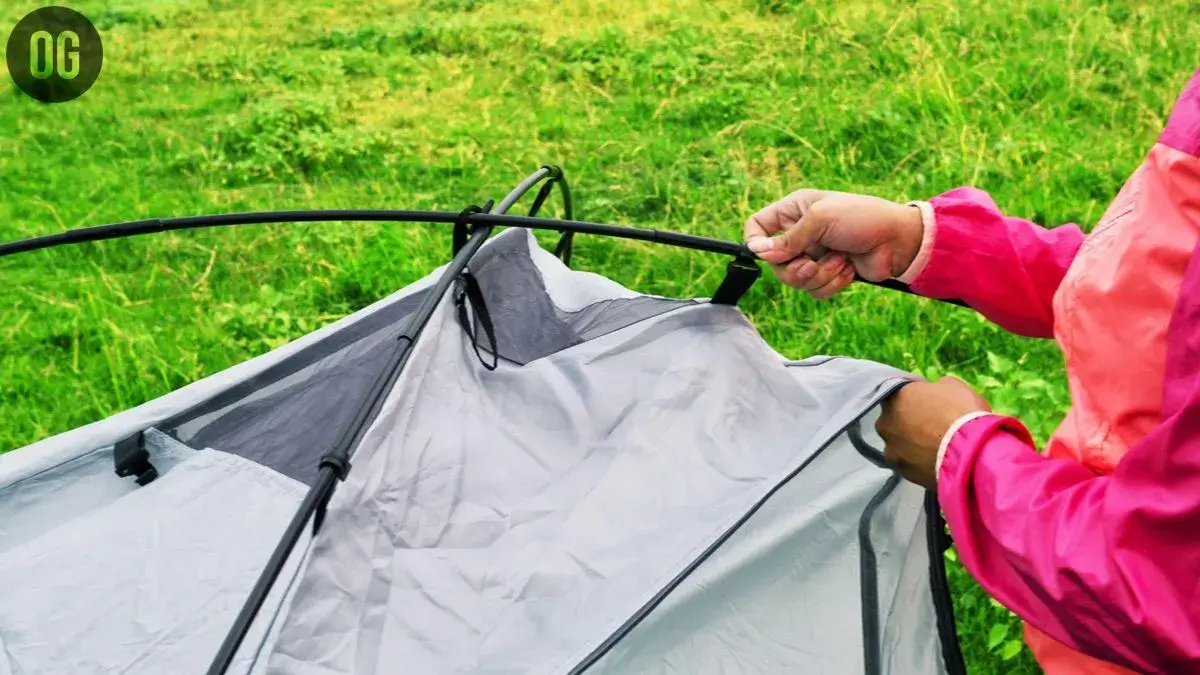
Tent maintenance can help ensure a long lifespan of camping shelters. Here are some key points for prolonging its useful life:
A. Proper Setup and Takedown Techniques:
To maximize tent floor wear, always pitch it on an uncluttered and flat area free from debris. Pull on fabric as little as possible during set up to avoid undue strain on the fabric and reduce stress on stakes/guylines during takedown – do this carefully to avoid tears in fabric! – and fold neatly without tight creases to minimize the risk of fabric damage.
B. Cleaning and Storing Guidelines:
Maintaining your tent after every trip is of paramount importance. Use a soft brush or cloth to remove dirt and debris, using mild soap as necessary if desired. Before storing, thoroughly dry the tent to avoid mildew formation, then store it in a cool, dry location that avoids direct sunlight as this can degrade fabric over time.
C. Repairs and Maintenance to Address Wear and Tear:
It is essential to regularly inspect your tent for signs of wear and tear, such as small tears or bent poles, which require repair kits or seam sealants as soon as they appear. Furthermore, reinforce high-stress areas using adhesive patches to avert further damage.
By adhering to these maintenance tips, you can ensure your tent remains in top shape for all of your camping adventures. With proper care, it will stand strong against Mother Nature for years.
Conclusion
Selecting appropriate camping tent materials and durability is vital to creating an unforgettable outdoor experience. Each material offers its own set of advantages and limitations, with Ripstop Nylon and Canvas blends being among the most robust options. By carefully considering your camping needs and budget, you can make an informed choice to invest in one that not only meets these specifications but also features long-term performance – Happy camping!
FAQs On Camping Tent Materials And Durability
Which material is used to make 4-season camping tents?
The specialty of a 4-season camping tent is its ability to withstand extreme weather conditions, including heavy snow, strong winds, and harsh cold, making it suitable for year-round use in challenging outdoor environments. So, the materials commonly used for 4-season tents are ripstop nylon or polyester with a waterproof coating, providing durability and weather resistance.
Which material is used to make 3-season camping tents?
The 3-season camping tent is its optimal design for spring, summer, and fall conditions, offering good ventilation and lightness for comfortable backpacking and camping experiences. The 3-season tents often use lighter materials like regular nylon or polyester to prioritize ventilation and reduce weight for warm-weather camping.
Is a nylon or polyester tent better?
Both nylon and polyester tents have their advantages. Nylon is more lightweight and packs smaller, making it suitable for backpacking. Polyester is more durable and UV-resistant, making it better for prolonged outdoor use. The choice depends on your specific camping needs and preferences.
Which is more expensive nylon or polyester?
Although both nylon and polyester are synthetic fabrics, nylon production costs more, leading to higher consumer prices. Due to its superior durability and weather resistance, nylon is a preferred choice for outdoor apparel and gear, making it more commonly utilized in the outdoor industry.
Are canvas tents suitable for backpacking?
Canvas tents are not ideal for backpacking due to their weight and bulkiness. They are better suited for car camping and stationary setups.
Which material is best for camping in rainy regions?
Polyester tents treated with PU coating offer excellent waterproofing and are well-suited for camping in rainy regions.
Can ripstop nylon tents be repaired easily if torn?
Yes, ripstop nylon tents can be repaired with repair patches and adhesive easily, ensuring continued use even after minor tears.
Are geodesic tents only for extreme weather camping?
Geodesic tents are designed for extreme weather, but they can also be used in less severe conditions for added stability.
Are pop-up tents durable enough for frequent use?
Pop-up tents are generally designed for occasional use and may not withstand frequent camping trips. It’s best to opt for sturdier options for regular camping adventures.


